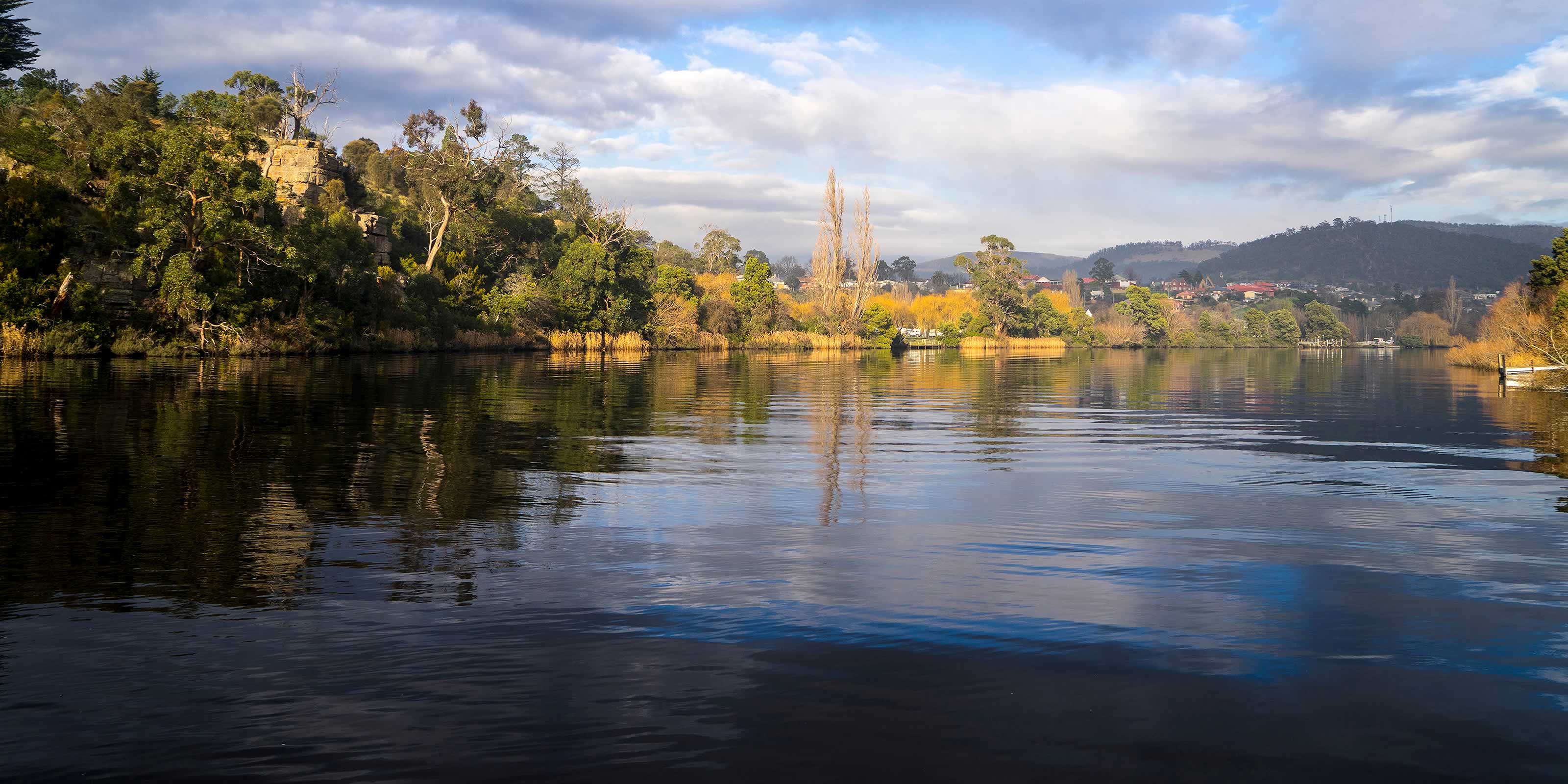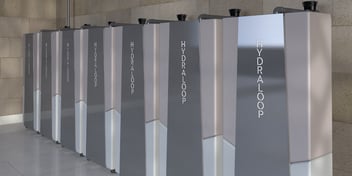Dive into the Derwent this summer

The Beach Watch program, coordinated by the Derwent Estuary Program, enables their community and visitors to the region to find a healthy beach with confidence every summer through its active monitoring, sampling, and reporting of recreational water quality.
One of our greatest assets as a capital city region is our easy access to various safe, sandy beaches within 20 minutes of central Nipaluna/Hobart.
Ursula Taylor, the DEP chief executive, explains how the DEP works with local councils and the EPA to keep the community informed about their beaches.
“Every week over summer, water samples are collected from more than 38 sites in the Derwent to test for enterococci, a faecal indicator bacterium,” said Ms Taylor.
“The results demonstrate which beaches are suitable for swimming and where contamination sources may impact water quality. We publish the results at the end of every week on our DEP Beach Watch webpage and Facebook site so community members can make informed decisions about where they enjoy recreational water activities.”
Water quality results from 2022-23 had mixed results. However, the good news is that Hobart now has only one swimming site out of 19, with a Poor long-term water quality rating. The site at mid-Howrah moved from Poor to Fair, which is excellent news for swimmers.
Ms Taylor shared that this good progress is due to the cooperative approach to managing stormwater and sources of contamination. “Local government authorities and TasWater work together to locate and remedy the issues impacting recreational water sites,” she said.
“We’ve seen over 60 stormwater network issues resolved throughout Clarence and Kingborough in the past year, and we will continue to advocate for this joint management approach.”
This coming season will also see a daily forecasting trial for the Beach Watch swimming sites. This trial will see daily predictions of the faecal pollution levels at the sites published on the Beach Watch website. This trial aims to provide the community additional information when deciding where and when they swim on any given day.
Forecast information will include updates about sewage spills and other sudden changes that may impact water quality at our beaches.
While the forecasting will not replace the need for weekly sampling, it will provide additional, timely, daily advice to complement the sampling results, long-term ratings, and general swimming advice.
An important recommendation of when to avoid swimming is after heavy rainfall, as most urban areas experience poor water quality for several days after heavy rain (>10mm).
Ms Taylor encourages people to follow the DEP for more advice and information about the healthiest beaches to enjoy across the Derwent and to have a safe and happy summer season.
For further information about water quality at your local beaches and bays, please visit the Beach Watch site: https://www.derwentestuary.org.au/beach-watch/
About the Derwent Estuary Program (DEP)
The Derwent Estuary Program (DEP) is a regional partnership between local governments, the Tasmanian state government, industries, scientists and community-based groups to share science for the benefit of the Derwent. The DEP was established in 1999 and has been nationally recognised for excellence in coordinating initiatives to reduce water pollution, conserve habitats and species, monitor river health and promote greater use and enjoyment of the foreshore.
DEP's major sponsors include Brighton, Clarence, Derwent Valley, Glenorchy, Hobart and Kingborough councils, the Tasmanian State Government, Nyrstar Hobart, Norske Skog Boyer, TasWater, TasPorts, Hydro Tasmania, EPA, Institute for Marine and Antarctic Studies and NRM South.

